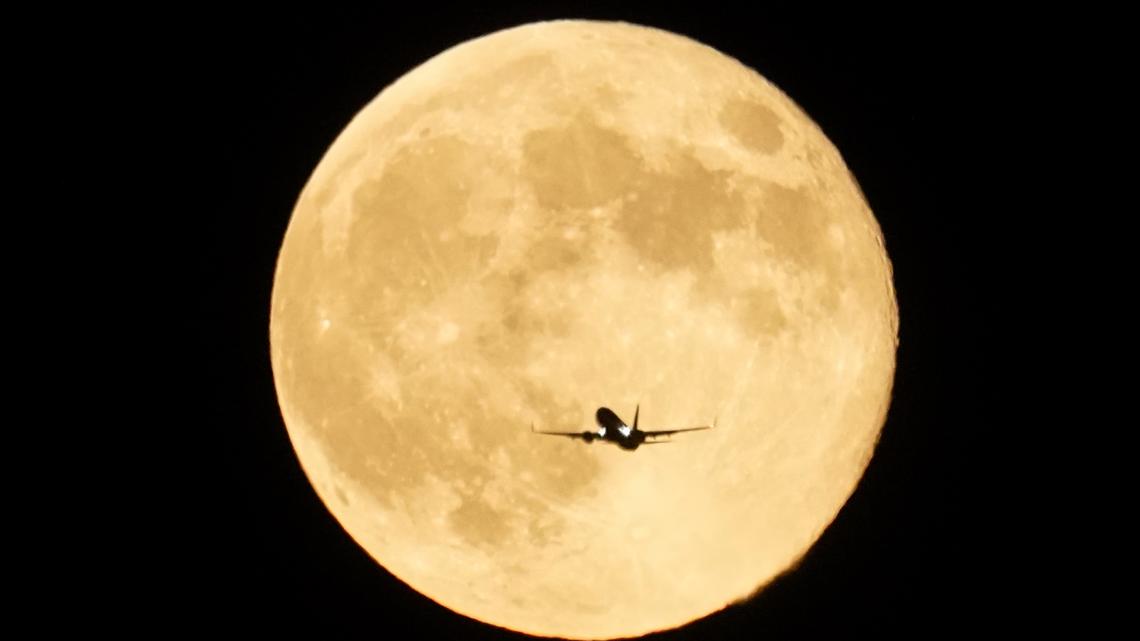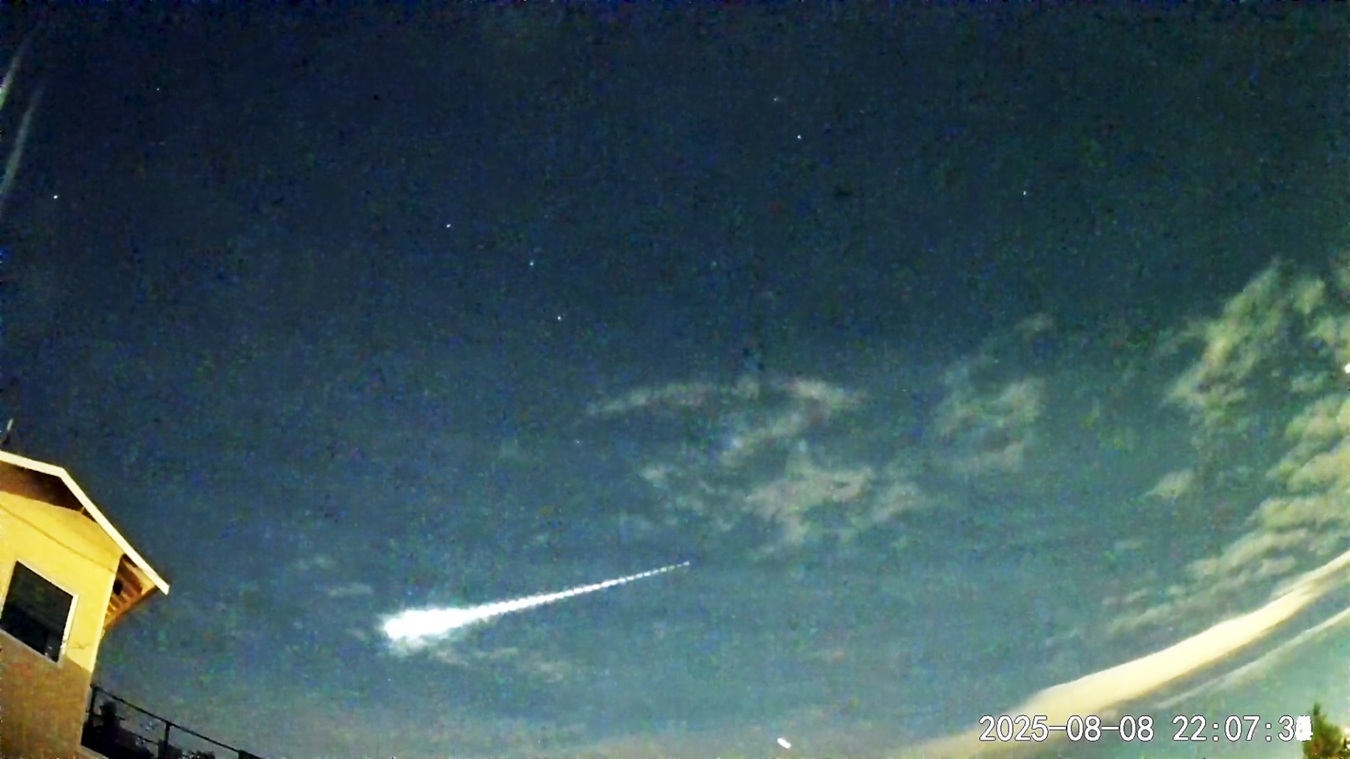November is a month that offers an exciting celestial spectacle for skywatchers and astronomy enthusiasts alike. As seen from the northern hemisphere, meteor activity continues to be robust, with the two Taurid radiants and the Leonids contributing to the vibrant display in the night sky. Even though there are no major meteor showers expected this month, the combination of these radiant showers alongside strong sporadic rates makes November a prime time for observing meteor activity north of the equator.
However, for observers in the southern hemisphere, the skies are relatively serene in November. While some activity from the Taurids and Leonids may still be visible from regions south of the equator, the sporadic rates are notably lower compared to those observed in the northern hemisphere.
The full moon in November reaches its peak on Wednesday, November 5th, and will be visible above the horizon throughout the night, offering ample viewing opportunities for sky enthusiasts. During this time, the moon will set before dawn over the weekend, providing a window of time for optimal meteor observation under dark skies.
For evening observers, the estimated hourly meteor rates are expected to be around 3 at mid-northern latitudes c45°Nc and approximately 2 at tropical southern locations c25°Sc. Morning observers can anticipate hourly rates near 12 at mid-northern latitudes and around 6 at tropical southern locations, with some reduction in rates due to lunar interference.
Actual meteor rates witnessed will depend on various factors including personal perception, local weather conditions, alertness, and experience in meteor watching. Urban observers may experience reduced activity compared to those in rural dark-sky locations, where more meteors are likely to be visible, especially the brighter ones.
It is essential to note that meteor activity is rarely directly observable at the radiant position but rather shoots outwards from that point. To optimize viewing experience, centering the field of view so that the radiant lies towards the edge instead of the center allows observers to trace the path of each meteor back to its origin.
The positions of various radiant showers listed remain relatively stable throughout the period, allowing observers to track meteor activity accurately. Charts and resources are available in star atlases, online platforms, and planetarium apps to aid in locating radiant positions in the sky at different hours of the night.
As celestial events unfold, meteor showers such as the Orionids, Taurids, and Leonids offer unique viewing experiences for those keen on astronomy. The visual identification and association of observed meteors with known sources add to the excitement and understanding of these cosmic phenomena.
Looking ahead, opportunities to witness meteor showers with varying intensity and characteristics continue beyond November. By engaging in meteor observation and contributing data, enthusiasts can further advance scientific understanding and appreciation of these fascinating celestial events.
As celestial enthusiasts gear up for exciting opportunities to witness the cosmic wonders in the night sky, the upcoming supermoon events in November promise a spectacular visual treat. The supermoon phenomenon occurs when the full moon aligns closely with its orbit around Earth, appearing up to 14% larger and 30% brighter than usual.
The Super Beaver Moon, slated to peak on November 5th, brings the moon in its closest approach to Earth for the year, enhancing its size and luminosity. While the differences may be subtle to the naked eye, the supermoon spectacle offers a captivating display of nature's grandeur.
Amidst the cosmic ballet in the night sky, skywatchers and astronomy enthusiasts are in for a visual feast with the supermoon's proximity to Earth. As the moon rises, casting its luminous glow across the horizon, it presents a mesmerizing sight for photographers and stargazers alike.
With each supermoon event offering a unique viewing experience, observers are encouraged to seize the opportunity to witness this celestial marvel under clear skies. Embracing the wonder of the night sky, the Super Beaver Moon promises an enchanting lunar spectacle for all to enjoy.


